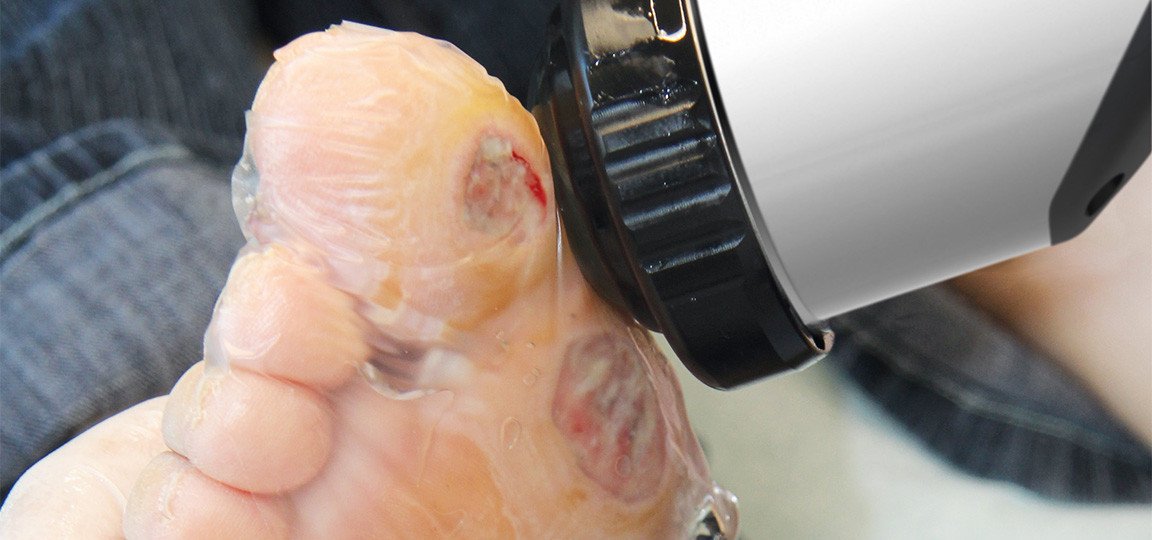Chronic wounds are a stubborn problem. They take forever to heal, causing pain, frustration, and a risk of infection. But what if there was a new, non-invasive treatment that could help? Shockwave therapy is emerging as a promising option for chronic wound healing, and it’s worth exploring.
What are Chronic Wounds?
Imagine a cut or scrape that just won’t close. That’s essentially a chronic wound. These wounds typically take longer than 3 months to heal and often affect people with conditions like diabetes, poor circulation, or pressure ulcers.
How Does Shockwave Therapy Work?
Shockwave therapy (SWT) sounds intense, but it’s actually a painless procedure. A handheld device delivers high-energy sound waves to the affected area. These waves aren’t audible, but they trigger a healing cascade in the body. Here’s the gist:
-
Boosts Blood Flow: SWT is thought to improve circulation by stimulating the growth of new blood vessels (angiogenesis). This brings more oxygen and nutrients to the wound bed, which is crucial for healing.
-
Reduces Inflammation: Chronic wounds often get stuck in an inflammatory loop that hinders healing. SWT might help modulate this inflammation, creating a more favorable environment for tissue repair.
-
Triggers Cell Activity: The sound waves may stimulate the activity of cells involved in wound healing, like fibroblasts that build new tissue.
The Benefits of Shockwave Therapy
Studies suggest that SWT can be beneficial for chronic wounds:
-
Faster Healing: SWT may accelerate wound closure compared to standard care alone.
-
Improved Outcomes: Some studies show a higher percentage of wounds completely healing with SWT compared to other treatments.
-
Safe and Tolerable: SWT is generally well-tolerated with minimal side effects.
-
Non-invasive: No needles or surgery involved!
Is Shockwave Therapy Right for You?
While promising, SWT isn’t a one-size-fits-all solution. It’s best to discuss it with your doctor to see if it complements your existing wound care plan. Here are some things to consider:
-
The type of chronic wound: SWT is most used for diabetic foot ulcers and pressure ulcers.
-
Your overall health: Certain medical conditions might make you ineligible for SWT.
The Future of Shockwave Therapy
Research on SWT for chronic wounds is ongoing. However, the current evidence suggests it can be a valuable tool in the fight against these stubborn conditions. If you’re struggling with a chronic wound, talk to your doctor about whether shockwave therapy could be a path to healing.
For more information about shockwave therapy, have a look at this article by Mayo Clinic https://www.mayoclinic.org/medical-professionals/physical-medicine-rehabilitation/news/the-evolving-use-of-extracorporeal-shock-wave-therapy-in-managing-musculoskeletal-and-neurological-diagnoses/mac-20527246




